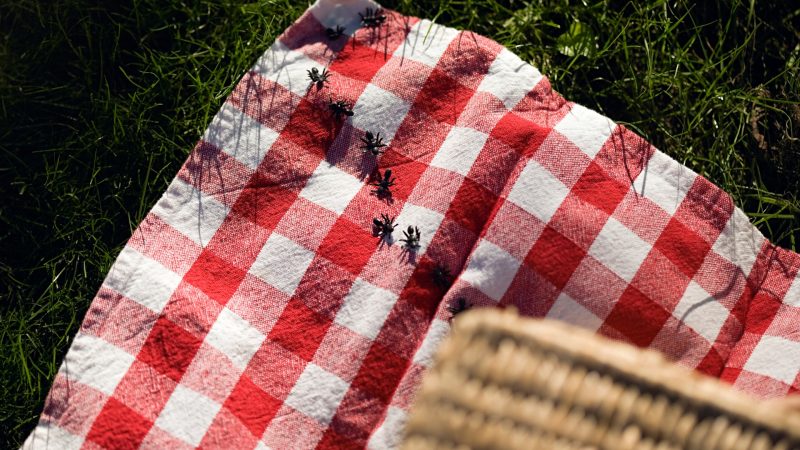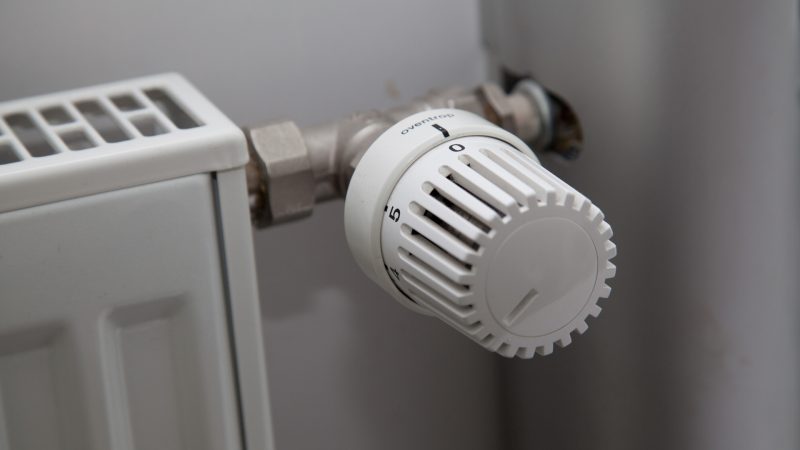Ants are one of the most common insects around the world. Regardless of where you live, there’s no chance you haven’t seen how the ant looks. Arguably, there are more than a few thousand types of ants (1200+), but as soon as you see one of them, you’ll recognize that you see an ant. This is because they look very similar.
Ants are not resilient to lower temperatures, so they are attracted to heat and prefer warm environments. When winter comes, there are chances of them slipping into your house. Still, the main reason ants enter our houses is their search for food and water supplies.
Do Ants Prefer Hot or Cold Environmental Conditions?

Here’s a question: Have you seen ants outside in late December or January? Chances are, you probably didn’t. Ants are cold-blooded species, meaning they need warm environments to survive. If your house is warm and cozy, they’ll not hesitate to enter it when the winter comes.
Once they’re in your house, they’re almost always hidden under the carpet, in the walls, or on floors. When they’re hungry, they’ll get out and search for food.
Since they usually feed on plants and grains, and these aren’t available in the winter, they will search your house for some food alternatives.
To put it simply, ants prefer HOT weather, and they seek shelter when the cold weather comes. On the flip side, they also love moist conditions more than dry conditions, which we’ll talk about in just a second.
What Are Ants Attracted to and How to Keep Them Out?

Here are a few things that attract them the most:
1. Water and Moist
If you have some wet areas in your house, ants will probably be attracted to that area if they’re in your vicinity. Spilling water or juice on the floor isn’t good because it attracts ants faster than anything. To make things worse, this attracts them regardless of the weather outside.
When it’s too hot, for example, ants will need some water to survive. In the opposite case, when it’s -20 degrees Celsius (-4°F) outside, water freezes. Hence they need it in a liquid form for survival. So, what are the wet spaces in your house? Is it a kitchen or perhaps a bathroom?
The bathroom is where you leave wet footprints after showering or throwing away the wet towel. Even being only slightly wet, it’s enough for ants to survive.
The thing is, ants aren’t attracted to water, you can see. It’s quite the opposite. If ants are still invading your home, despite your best efforts to clean the wet floors and counters, you probably have a leak. These happen the most in your bathroom or the kitchen.
But, since your water pipe probably runs through the entire length of the house, the leak can appear virtually anywhere. All ants need water to survive, but there’s a particular type of ant called the ‘moisture ant.’ These ants are primarily attracted to moist environments and can usually be found near decaying, damp wood.
2. Pleasant Temperature
They love being warm and cozy, and when the summer comes, they don’t want to be burnt alive when it’s 40 degrees Celsius (104°F) outside. Also, they don’t like rain or snow, which is another reason they seek shelter inside our homes.
3. Food

Despite having huge nests, ants don’t store food at their home. Ants are very happy that we do because they can enter our home and grab what they need.
Being very small insects, they don’t need a lot of food. However, ants are stimulated even by breadcrumbs on the floor around the table.
Crumbs tend to fall wherever you’re eating in your house. Some people love walking around and eating sandwiches. By doing that, you scatter the crumbs around, making it perfect for ants to catch up.
Another thing is that they aren’t very picky. They’ll eat breadcrumbs that are there for weeks, months, or years.
Storing food properly is very important. Leaving a jar of strawberry jam open for hours can also tempt ants. If you’re encountering ants, start properly storing your food and vacuuming crumbs from your floors.
Related: What Do Ants Eat? | Ant Feeding Habits
4. Access Points
Ants are known as hard-working insects. However, they also love taking advantage of opportunities that they encounter. One of those is the access points in your house. Since they’re very small, these access points don’t have to be huge.
Often, ants get into your house through seams and cracks in your walls. If your house is older, the chances of having cracks are higher. Unfortunately, they can appear for numerous reasons, as well as the seams that can start appearing as your house settles.
These cracks are often much bigger than ants, giving them easy access to your house. Also, if you live in rural areas, we don’t suggest opening windows too much. Or, if you do, protect it with a net so no insect can get in.
If you have the money, it’s also recommended to buy PVC doors and windows, and not wooden ones. Why? Because wood tends to rot quickly, and when it does, it starts deteriorating, leaving open space for the ants to enter.
Ants can burrow, unlike bed bugs, for example. Since wood is easy to burrow into and it’s wet, this represents an ideal terrain for them to get into your house.
Can You Prevent Ants From Entering Your Home by Changing the Temperature?

Theoretically, you can, but it is not practical. Ants often enter your home if it’s more pleasant than the outside. If the outside is very cold, they will seek shelter where it’s warmer – and vice versa.
If the outside is very cold, you would need to make your house less attractive to them by making it even colder, and if it’s summer, you need to make it very hot.
However, we’ve got an alternative. Here’s how to prevent ants from going indoors:
- Don’t scatter around food or breadcrumbs
- Put all your food in the fridge
- Use sealable plastic boxes to store food
- Don’t leave your sink wet
- Wipe the floor in the bathroom after taking a shower
- Feed your pet every day at the same time and clean after it
List of Sources
Angilletta, M. J., Jr, Wilson, R. S., Niehaus, A. C., Sears, M. W., Navas, C. A., & Ribeiro, P. L. (2007), Urban physiology: city ants possess high heat tolerance
Kadochová, S., & Frouz, J. (2013), Thermoregulation strategies in ants in comparison to other social insects, with a focus on red wood ants ( Formica rufa group), Department of Biology, Case Western Reserve University
- How to Get Rid of Copperheads | Practical Guide - August 27, 2023
- How to Get Rid of Corn Snakes | What Makes Them Aggressive? - August 27, 2023
- How to Get Rid of Alligators | Safety Measures and Removal Methods - July 16, 2023
